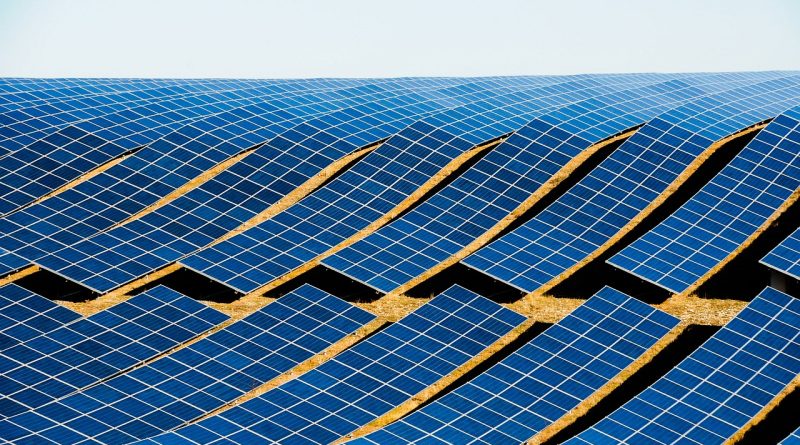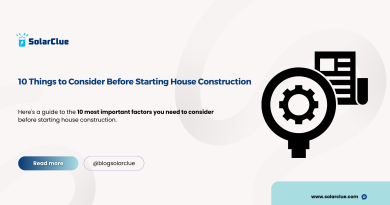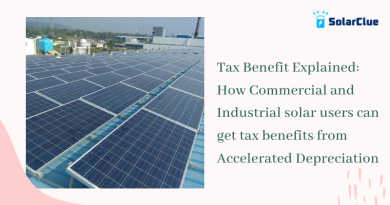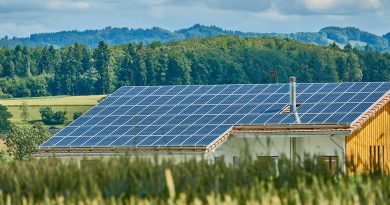Drones in Agriculture: Transforming the Sector Efficiently
Table of Contents
Introduction
Drones, also known as unmanned aerial vehicles (UAVs), have revolutionized various industries with their incredible capabilities. One sector that has particularly benefited from this technological marvel is agriculture. Drones have significantly transformed the way farming and crop management are conducted, providing farmers with vital insights and enabling them to make informed decisions. This article will delve into the various ways in which drones are transforming the agriculture sector, exploring their applications in crop monitoring, precision agriculture, livestock management, and the potential challenges they present.
Crop Monitoring
The ability to monitor crops extensively and efficiently is a crucial aspect of successful agriculture. Traditionally, farmers would rely on manual observation or expensive satellite imagery to assess their crops’ health and growth. However, drones have taken this process to new heights, quite literally. Equipped with high-resolution cameras and sensors, drones provide precise and up-to-date information, allowing farmers to monitor their crops in real-time. These aerial insights enable swift detection of diseases, pests, nutrient deficiencies, and irrigation issues that may otherwise go unnoticed until it’s too late. The timely identification of these crop issues allows farmers to intervene promptly, thus increasing the chances of crop survival and maximizing yields.
Precision Agriculture
Drones have unlocked the potential of precision agriculture in ways previously unimaginable. Traditionally, farmers would follow a blanket approach while applying fertilizers, pesticides, and water to their fields. However, this one-size-fits-all approach often resulted in wasted resources and environmental damage. With drones, farmers can conduct aerial surveys and collect data with unparalleled accuracy, paving the way for precise and targeted interventions. Drones equipped with multispectral or thermal imaging cameras can generate detailed maps of crop health, enabling farmers to spot irregularities and apply treatments accordingly. This precision application of inputs optimizes resource utilization, reduces environmental impact, and enhances overall crop productivity.
Livestock Management
Drones have also made their mark in livestock management, providing farmers with efficient means of monitoring and herding their animals. In vast grazing areas, it can be challenging for farmers to keep a constant eye on their livestock, ensuring their safety and well-being. Drones equipped with thermal imaging cameras can aid in locating animals, especially during adverse weather conditions or when they stray to remote areas. Moreover, drones can help in identifying injured or sick livestock, allowing farmers to isolate and provide immediate veterinary care. The ability to oversee livestock from above reduces the labor-intensive nature of traditional livestock management practices, saving time and resources.
Potential Challenges
While the integration of drones in agriculture brings significant benefits, it is not without its challenges. One of the primary concerns revolves around regulations and restrictions imposed by aviation authorities. Governments worldwide are grappling with how to regulate the increasing use of drones to ensure safety and privacy. Strict rules, such as flight height limitations, licensing requirements, and privacy considerations, can hinder the seamless integration of drones in agriculture. Additionally, the initial investment required for purchasing drones and their maintenance can pose financial barriers for small-scale farmers. Furthermore, farmers may face a learning curve when it comes to operating and interpreting drone-collected data, necessitating training and technical support.
Conclusion
Drones have undoubtedly revolutionized the agriculture sector by transforming various aspects of farming and crop management. From crop monitoring to precision agriculture and livestock management, the applications of drones have enhanced productivity, reduced costs, and minimized environmental impact. These flying robots provide farmers with real-time data and high-resolution imagery, allowing them to make informed decisions and take swift actions to protect their crops and livestock. However, the full potential of drones in agriculture can only be realized once the regulatory landscape becomes clearer, and financial barriers are addressed. With continued advancements and wider adoption, drones are set to play an even more significant role in shaping the future of agriculture, contributing to food security and sustainable farming practices.




